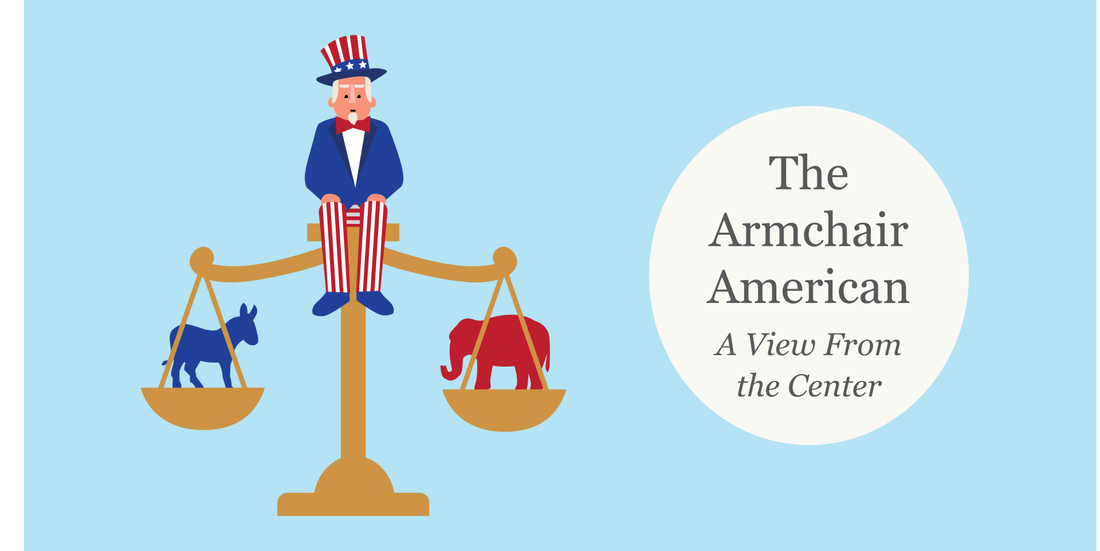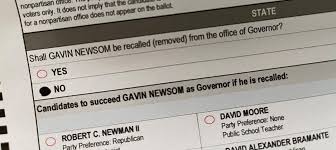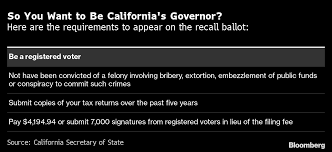|
The ability to recall elected officials has been part of the California Constitution since 1911. Though seldom used, it is a provision which holds politicians accountable to the voters for misdeeds while in office. On September 14, 2021 Democratic Governor Gavin Newsom defeated a recall election put in motion by a group of Republicans upset principally for his handling of the coronavirus pandemic. This partisan attack on a popular governor cost the taxpayers over $276 million, leaving many Californians rethinking the whole process. How does the recall process work, what changes, if any, should be made, and how would those changes take place? The Recall Law: Recall gives voters the power to remove any elected state officer, and most elected local officers, before the expiration of their term. Any registered voter may initiate a recall as long as they are qualified to vote for the office of the officer they seek to recall. A recall can be initiated for any reason and the process is fairly simple. There are some minor differences between recalling a state vs local officer, so for the sake of simplicity I will stick to the process for recalling a governor. A complete description of the recall process in California can be found at the following link, https://elections.cdn.sos.ca.gov/recalls/recall-procedures-guide.pdf. The recall begins with the preparation of a “notice of intent to recall petition”. This petition is served to the officer being recalled and filed with the Secretary of State. The notice of intention document must be published in a widely circulated publication. Proof of the publication, along with two copies of the proposed recall petition are then filed with the Secretary of State for review. Once approved, the recall petition may be circulated for signature by registered voters. Petitions for the recall of the governor must be signed by at least 12% of the number of voters who voted in the last election for governor, and must include at least 1% of the voters who voted in the previous election from at least five different counties. This last provision prevents large counties from unilaterally initiating recall elections. The sponsors of the recall petition have 160 days to collect the required number of signatures and have them validated by the Registrar of Voters in each county where signatories reside. Once this process is complete the recall petition is certified by the Secretary of State. The Governor must then publish a notice for the holding of the recall election. The Recall Ballot: In the latest recall election the ballot consisted of two parts. The first asked the following yes or no question: “Shall Gavin Newsom be recalled (removed) from the office of Governor?” The second part listed all qualified replacement candidates. You could vote for one of these candidates or provide a write-in candidate. The officer being recalled, in this case Newsom, is unable to run as a replacement candidate. If a majority of the votes on the recall question are “Yes”, the Governor is removed from office. The replacement candidate receiving the highest number of votes is elected to serve out the remainder of the Governor’s term. How to Qualify as a Replacement Candidate: A replacement candidate must be a California registered voter and file the required paperwork at least 59 days before the scheduled recall election. The paperwork includes nomination papers with a minimum of 65 valid signatures. The paperwork is filed with the county elections official along with a filing fee. In the latest recall election, the filing fee was $4, 194.94. In lieu of the filing fee, a candidate could submit a minimum of 7,000 signatures. If the 7,000-signature threshold was not reached, the filing fee could be reduced on a prorated basis based on the actual number of valid signatures collected. Flaws in the Recall Law:
Solutions to the Recall Law:
Changing the California Constitution: An amendment to the state constitution may be placed on the ballot by either a two-thirds vote in the California State Legislature or signatures equal to 8% of the votes cast in the previous gubernatorial election. The amendment is passed if it receives over 50% of the votes in a state-wide election.
The time has come to modify the way that recall elections are initiated and carried out in California. It is far too costly, and the process is anything but democratic. There are moves afoot in the private sector and in the state capitol to push through reforms. Let’s adopt some common-sense reforms that are already in place in most states across the nation. If you enjoy reading this type of commentary please subscribe to my blog and tell a friend. You will receive an email notification when new blogs are posted. The email will come from the site’s email: armchairamerican1776 @gmail.com. Thanks, Armchair American
0 Comments
|
AuthorThe Armchair American. Archives
November 2024
Categories
All
|








 RSS Feed
RSS Feed